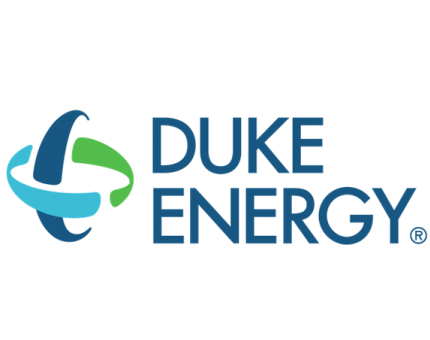
(PLAINFIELD) – Generating cleaner electricity, improving the reliability of electric service, and investments to serve a growing customer base are some of the key factors leading Duke Energy to ask the Indiana Utility Regulatory Commission to increase its electric rates.
“We’ve made investments to meet the needs of a customer base that has grown by more than 100,000 since our last full-scale rate review,” said Duke Energy Indiana President Stan Pinegar. “We also have environmental responsibilities and are taking significant steps to reduce our greenhouse gas emissions and move to a cleaner power generation mix. And we are upgrading our electric grid to improve reliability, help avoid power outages and speed service restoration when outages do occur.”
Based on these drivers, the filing Tuesday with the Indiana Utility Regulatory Commission requests to increase annualized revenue by approximately $395 million, for an overall average rate increase of about 15% across all customer groups. If approved, the increase will be added to bills in two steps, approximately 13% in mid-2020 and 2% in 2021.
Timing will depend on state regulatory commission action.
The increase will vary among consumers depending on the cost to serve different types of customers. If approved by the commission, the company’s typical residential customer using 1,000 kilowatt-hours a month could expect a monthly bill increase of about $23, or approximately 77 cents per day, which includes both steps of the increase.
To help customers save on their electric bills, the company is proposing a pilot program with time-of-use rates where customers can lower their bills on high power demand days by shifting their power usage to times of day when energy is less expensive.
Duke Energy Indiana’s overall average electric rate is currently below state, regional and national averages and is the lowest overall electric rate average in Indiana.
The company also has the lowest customer basic facilities charge in the state. It’s part of every monthly bill and is intended to cover the cost of the facilities the company has installed to deliver electricity to a customer’s home. It is expected to remain the lowest in Indiana after this increase.
The regulatory review process will include an opportunity for public comment.
The proposed new rates would be used to cover a range of innovations, upgrades and improvements that customers value, including:
Investments to accommodate growth
- We have made investments to upgrade and keep up with growth on our system, including the addition of more than 1,400 miles of new power lines.
Transitioning to cleaner energy
- Nearly 90% of the power Duke Energy produced in Indiana in 2018 was generated from coal. Duke Energy needs to continue to prepare for the likelihood of future greenhouse gas regulations and has proposed accelerating the retirement dates for some of its Indiana coal-fired power units. It is a moderate plan that staggers generating unit retirements over time and spreads out the customer rate impact.
- Federal rules require changes to the way the company manages coal ash stored at power plant sites. Duke Energy is closing ash basins at its power plants responsibly and in compliance with stricter regulations.
Improving reliability and reducing power outages
- Trees are a primary cause of power outages, and the cost per mile to trim trees on our system has more than tripled, mostly in the last two years.
- Duke Energy is replacing and upgrading equipment to reduce power outages and modernize the electric grid for the type of information and services consumers have come to expect, such as better communication during power outages. These improvements include line sensors that detect problems, reduce power outages, and limit the number of customers affected when outages do occur.
Providing customers with more convenience
- Duke Energy has been installing smart meters for its customers across its Indiana service area. Smart meters are read automatically – not manually – so they significantly reduce the need for estimated bills when meters can’t be easily accessed, such as in severe weather. They also provide customers the ability to view their previous day’s usage and make adjustments before their bill arrives.
- The company is proposing the elimination of convenience charges for residential customers when they use a credit or debit card to make a bill payment.
New rate options
The company is also offering new electric rate proposals for state regulators to consider.
- Due to factors such as more energy efficient appliances and the success of energy efficiency programs, customer power usage has been declining, but the amount of fixed costs to deliver power continues to rise. Duke Energy is proposing a five-year program for residential and commercial customers that would align the interests of customers and their utility by tying company revenues to the number of customers served instead of the amount of power they use. It removes the incentive for utilities to increase the use of electricity and allows utilities to continue to aggressively support customer energy efficiency programs. A number of electric utilities have moved to this model, and it is often currently used by gas companies.
- The new smart meters enable options such as “time of use” rates, where customers can shift their power usage to times of day when energy costs are lower.
Money-saving opportunities for customers
Duke Energy has programs to help customers manage their electricity costs and their bills.
“We’re committed to helping customers find ways to save energy through our energy efficiency and bill-lowering tools,” Pinegar said. “We also have assistance for low-income customers and work with our state’s network of community action agencies to provide help.”
Customers can visit duke-energy.com/home/savings for energy-saving tips and programs. The company also has programs to help customers with managing their bills. Learn more at duke-energy.com/home/billing/special-assistance.
To learn more about Duke Energy’s proposed rate increase, visit duke-energy.com/IndianaRates.



